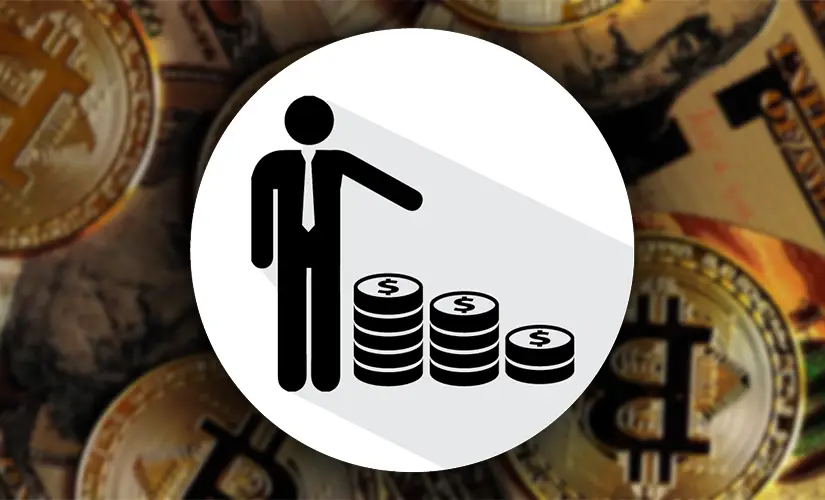BTC is an asset that has experienced dozens of cycles of growth and decline over 15 years. And if the demand for buying and selling has stabilized, the question of where to store bitcoins in 2025 has become more relevant than ever. Against the backdrop of increased attention to digital security and the rise of attacks on exchanges, choosing the right storage solution has become a key factor in preserving investments.
Diversity of Wallets: Where to Store Bitcoin
Digital storage is not a bank vault but a software-hardware solution that provides access to private keys. The types of wallets determine the level of security, accessibility, and control over the funds.

Hot Wallets
Active wallets are connected to the internet, ensuring high transaction speed but are less resistant to hacking. They are used for operational management and daily transactions:
- Online wallets – accessible through a browser, for example, Blockchain.com, Trust Wallet. They offer convenience but require two-factor authentication and regular backups.
- Mobile wallets – leaders include Mycelium and BlueWallet. They support NFC, QR codes, SegWit, and provide the ability to quickly buy or sell BTC without going to an exchange.
- Desktop wallets – Electrum, Exodus, Wasabi. Suitable for professional users. The advantage is the ability to store private keys locally.
This storage format is suitable for active asset management and constant network access. However, each connection increases vulnerability, requiring strict control over security settings.
Cold Wallets
Offline storage completely isolates keys from network access, reducing the likelihood of compromise to almost zero. They are used for long-term storage of Bitcoin and large asset volumes.
Examples:
- Hardware wallets – Ledger Nano X, Trezor Model T, SafePal S1. These devices look like flash drives, are not susceptible to phishing, encrypt transactions at a physical level. Security at a military-grade level.
- Cold paper wallets – a physical sheet with printed keys. This method is outdated but still applicable in regions with limited internet access.
Isolated storage prevents access by intruders even in the event of a complete breach of online infrastructure. This approach keeps control in the hands of the owner and reduces dependence on external services.
Where to Store Bitcoin in 2025: Specific Services
Modern solutions combine convenience, security, and flexibility. Below is a list of relevant tools for various scenarios.
Top solutions for storing BTC:
- Ledger Nano X. A hardware wallet with Bluetooth and support for over 1800 assets. CC EAL5+ certification, autonomy up to 8 hours, built-in display.
- Trezor Model T. Touchscreen, PIN code, open-source firmware. Ideal for experienced users.
- Exodus Wallet. Multicurrency desktop interface, built-in exchange. Convenient for those who prefer flexibility.
- BlueWallet. Specializes in Bitcoin, supports Lightning Network. Suitable for micropayments and quick access.
- Coldcard Mk4. Standalone transaction signer working with microSD. Maximum isolation.
- Wasabi Wallet. Supports CoinJoin for anonymity. A choice for those who value privacy when storing Bitcoin (BTC).
- Trust Wallet. Mobile access, biometrics, in-app exchange. Suitable for quick use and basic operations.
Each of these solutions caters to different needs – from deep isolation to instant connection. Choosing the right option depends directly on storage goals, asset volume, and transaction frequency.
Security: the Main Currency of the 21st Century
Any reliable Bitcoin wallet must exclude access by third parties. Private keys are the only way to prove ownership. Leakage equals loss. Examples of exchange hacks (Mt. Gox – 850,000 BTC, Bitfinex – 120,000 BTC) have cemented the rule: where to store bitcoins is not a matter of convenience but a strategy.
To enhance security, it is recommended to:
- Protect the device with a password and biometrics.
- Store backup seed phrases in an offline environment.
- Use multi-signature and multi-factor authentication.
Technical discipline and minimizing digital traces create a robust shield against unauthorized access. A reliable storage system does not tolerate compromises and requires thoughtful decisions at every stage.
Where to Store Bitcoin for Beginners
Novice users often choose mobile applications such as Trust Wallet and BlueWallet. They allow buying, selling, and sending BTC without encountering excessive terminology. However, as the asset amount grows, it is advisable to switch to a secure Bitcoin wallet with private key isolation.
Initial capital up to $200 USD can be conveniently placed in a mobile wallet. When exceeding this threshold, it is better to use a hardware solution, especially if the assets are stored for more than 3 months.
Choosing a Bitcoin Wallet in 2025: Criteria
The choice requires attention not only to functionality but also an understanding of current trends in digital security. A modern Bitcoin wallet in 2025 should meet the following requirements:

- Support for multi-assets;
- Compatibility with dApps and DeFi;
- Ability to recover seed phrases;
- Open-source code;
- Integration with hardware devices.
Combining hot and cold storage allows flexible responses to market volatility, reduces risks, accelerates transactions, and controls access.
Where to Store Bitcoin Wisely: Conclusions
In 2025, the market offers dozens of solutions, but there is no universal one. Only a combination of a hardware wallet and a mobile interface allows for efficient asset management and protection against theft, failure, or compromise. Therefore, where to store bitcoins is not a matter of preference but the result of a conscious choice based on figures, risks, and goals.
 en
en  ru
ru  de
de  ar
ar  es
es  nl
nl  hi
hi  fr
fr  it
it  pt
pt  el
el 












